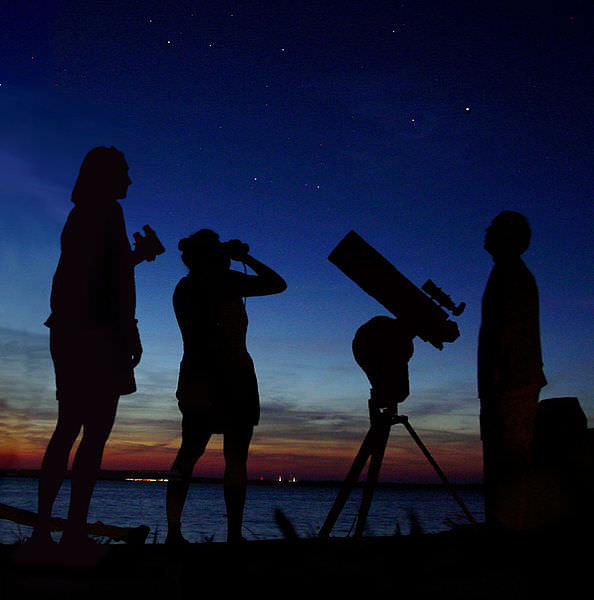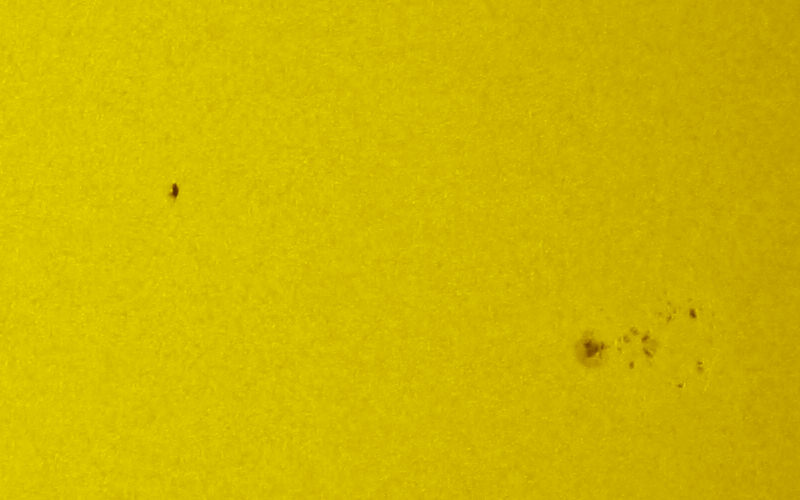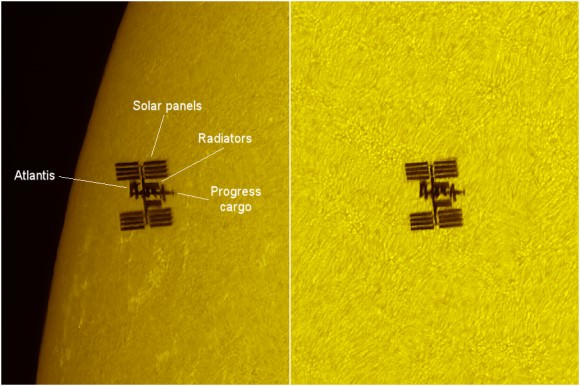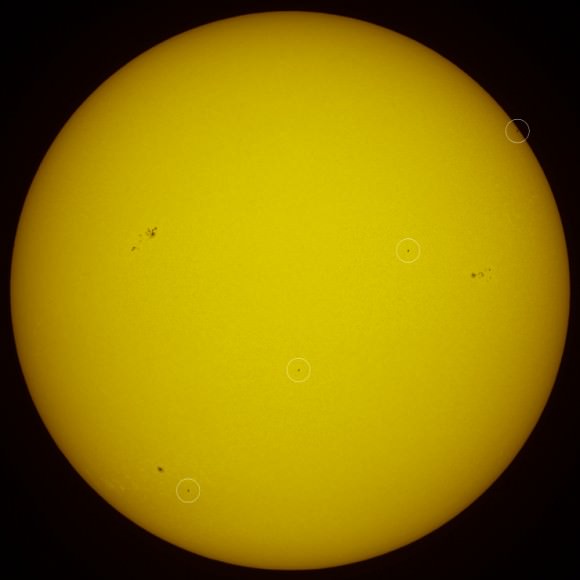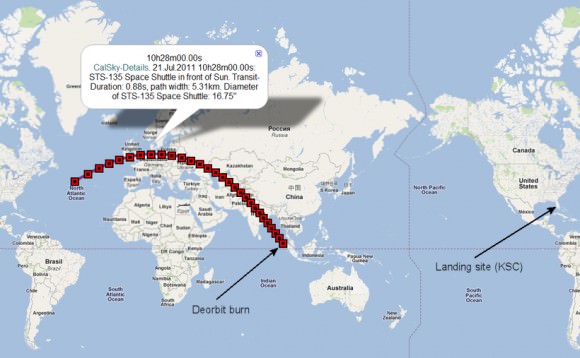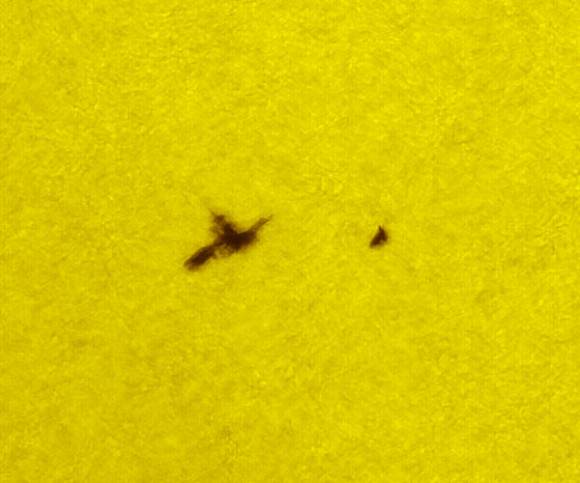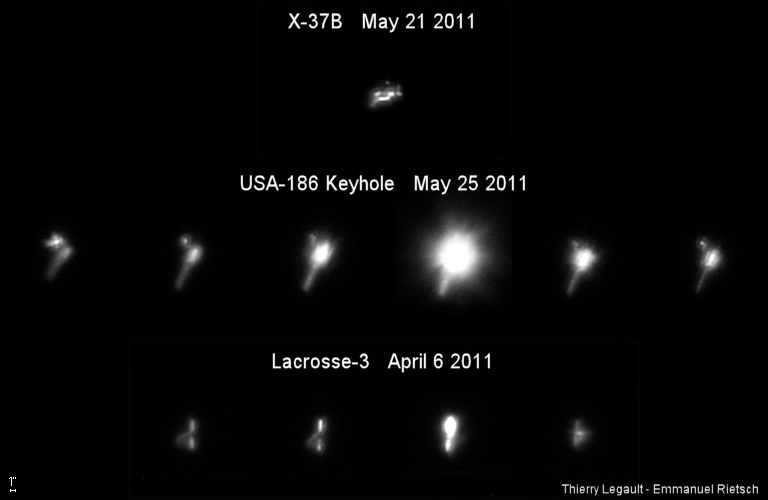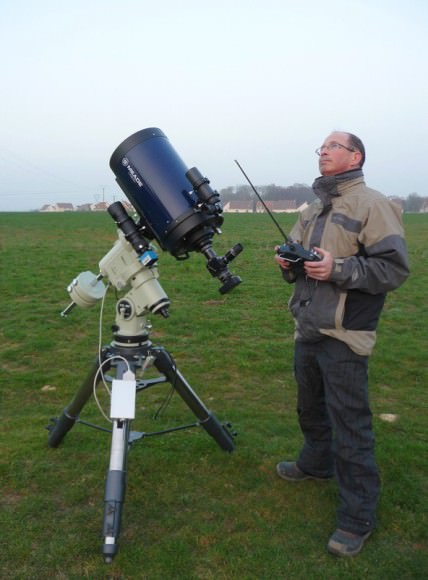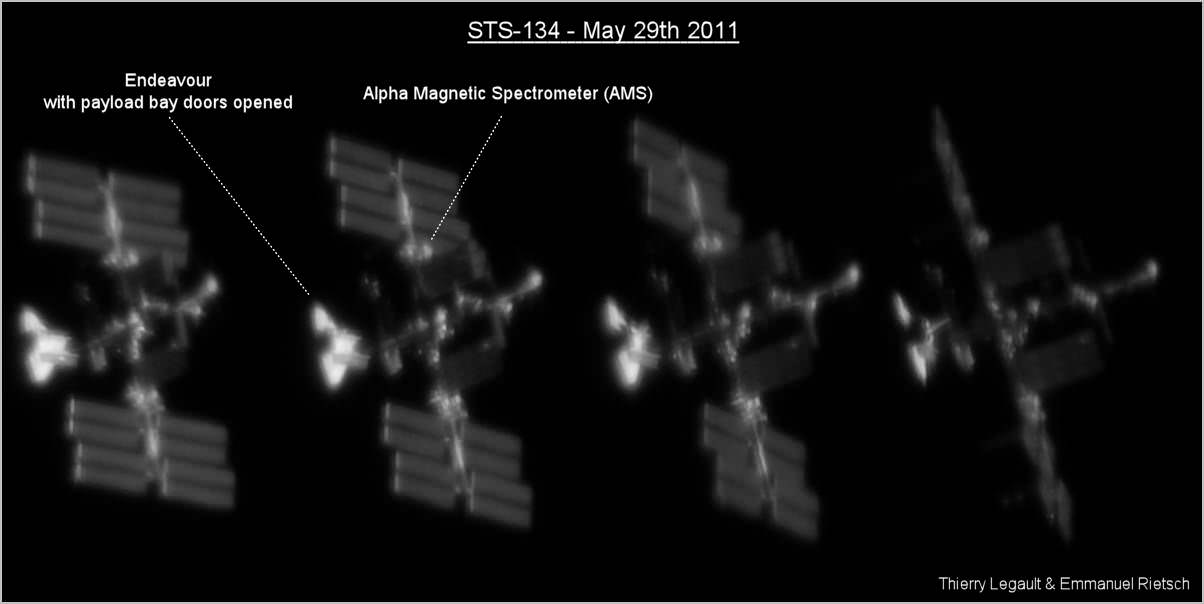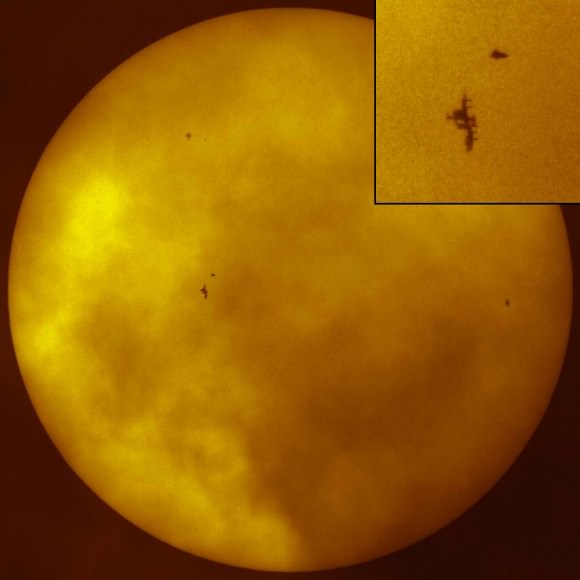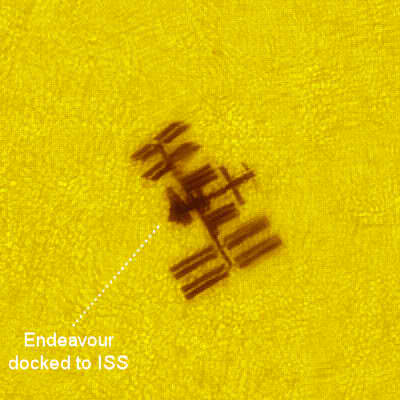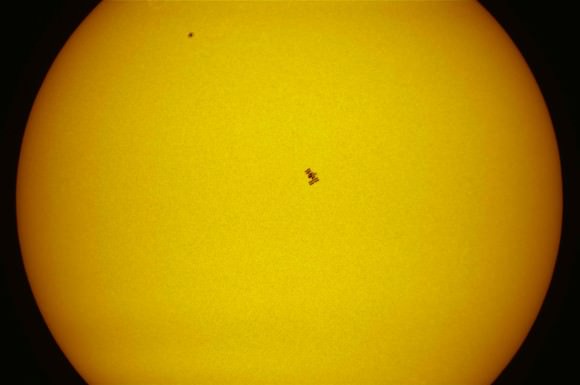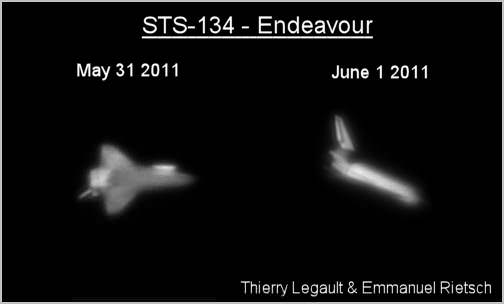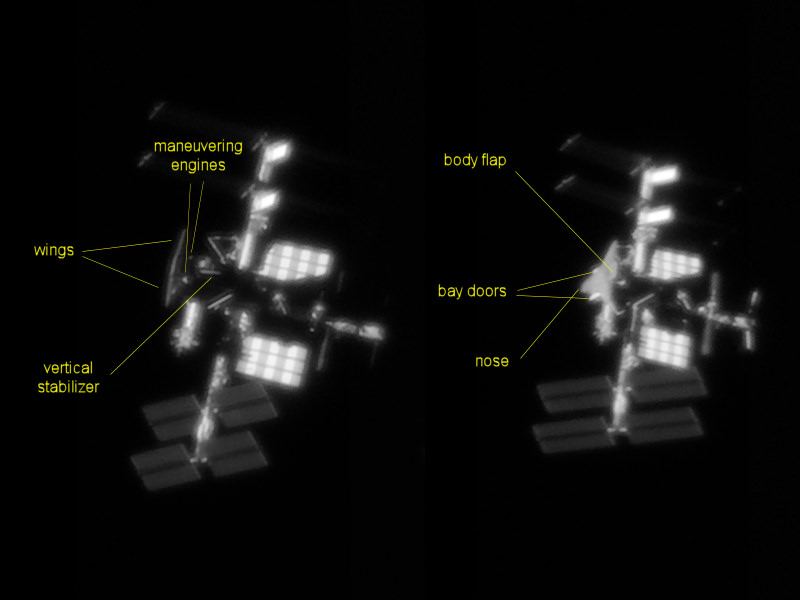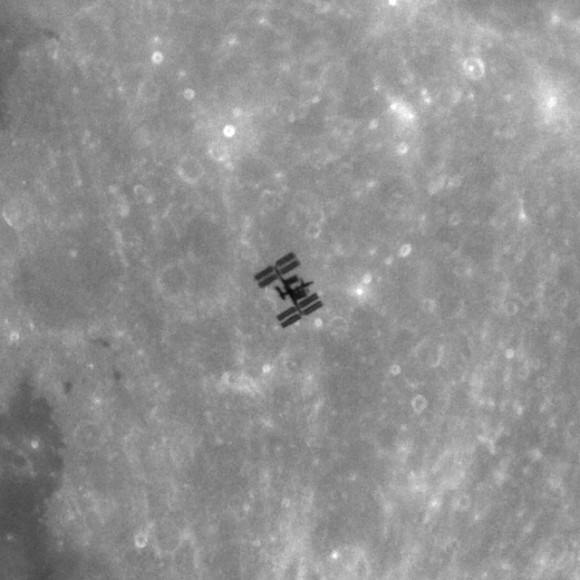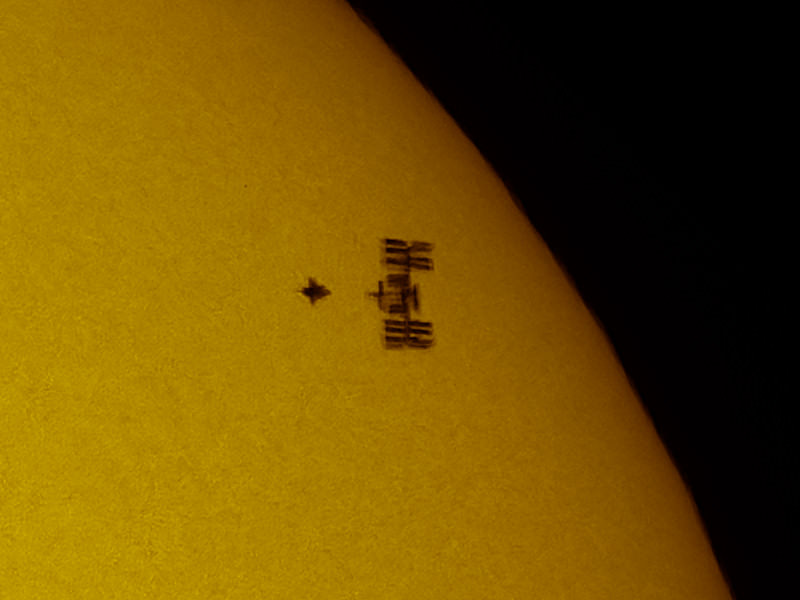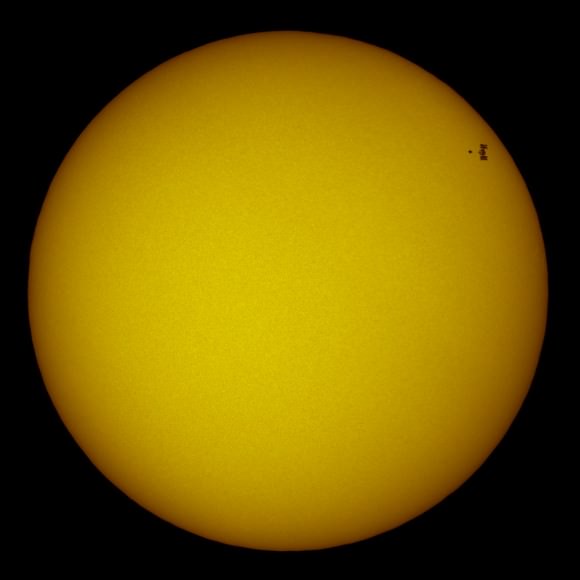[/caption]
It’s a great time to be an amateur astronomer! Nowadays, “backyard” astronomers armed with affordable CCD imagers, high-quality tracking mounts, inexpensive PC’s and the internet at their fingertips are making real contributions to Astronomy science.
How are people in their backyards contributing to real science these days?
Consider that in 1991, the Hubble Space Telescope launched with a main camera of less than 1 megapixel. (HST’s array was 800×800 pixels – just over half a megapixel). Currently, “off-the-shelf” imaging equipment available for a few hundred dollars or less easily provides 1 megapixel or more. Even with a “modest” investment, amateurs can easily reach the ten megapixel mark. Basically, the more pixels you have in your imaging array, the better resolution your image will have and the more detail you’ll capture (sky conditions notwithstanding).
With access to fairly high resolution cameras and equipment, many amateurs have taken breathtaking images of the night sky. Using similar equipment other hobbyists have imaged comets, supernovae, and sunspots. With easy access to super-precise tracking mounts and high-quality optics, it’s no wonder that amateur astronomers are making greater contributions to science these days.
One spectacular example of amateur discoveries was covered by Universe Today earlier this year. Kathryn Aurora Gray, a ten year old girl from Canada, discovered a supernova with the assistance of her father and another amateur astronomer, David Lane. The discovery of Supernova 2010lt (located in galaxy UGC 3378 in the constellation of Camelopardalis) was Kathryn’s first, her father’s seventh and Lane’s fourth supernova discovery. You can read the announcement regarding Ms. Gray’s discovery courtesy of The Royal Astronomical Society of Canada at: http://www.rasc.ca/artman/uploads/sn2010lt-pressrelease.pdf
Often times when a supernova is detected, scientists must act quickly to gather data before the supernova fades. In the image below, look for the blinking “dot. The image is a before and after image of the area surrounding Supernova 2010lt.
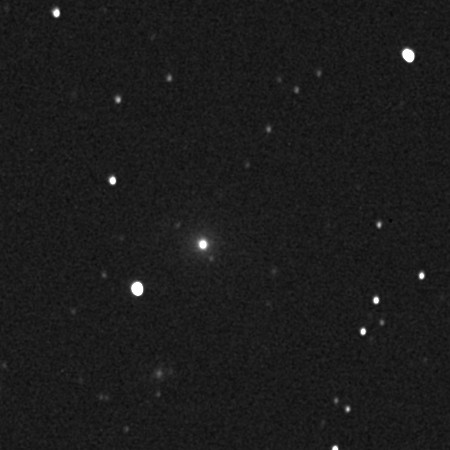
Before Kathyrn Gray, astronomer David Levy made headlines with his discovery of comet Shoemaker-Levy 9. In 1994, comet Shoemaker-Levy 9 broke apart and collided with Jupiter’s atmosphere. Levy has gone on to discover over twenty comets and dozens of asteroids. Levy has also published several books and regularly contributes articles to various astronomy publications. If you’d like to learn more about David Levy, check out his internet radio show at http://www.letstalkstars.com/, or visit his site at http://www.jarnac.org/

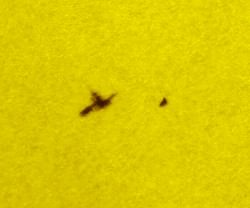
Rounding out news-worthy astronomers, astrophotographer Thierry Legault has produced many breathtaking images that have been featured here on Universe Today on numerous occasions. Over the past year, Thierry has taken many incredible photos of the International Space Station and numerous images of the last few shuttle flights. Thierry’s astrophotography isn’t limited to just the sun, or objects orbiting Earth. You can read more about the objects Thierry captures images of at: http://www.astrophoto.fr/ You can also read more about Thierry and the equipment he uses at: http://legault.perso.sfr.fr/info.html
Performing science as an amateur isn’t limited to those with telescopes. There are many other research projects that ask for public assistance. Consider the Planet Hunters site at: http://www.planethunters.org/. What Planet Hunters aims to achieve is a more “hands-on” approach to interpreting the light curves from the publicly available data from the Kepler planet finding mission. Planet Hunters is part of the Zooniverse, which is a collection of citizen science projects. You can learn more about the complete collection of Zooniverse projects at: http://www.zooniverse.org
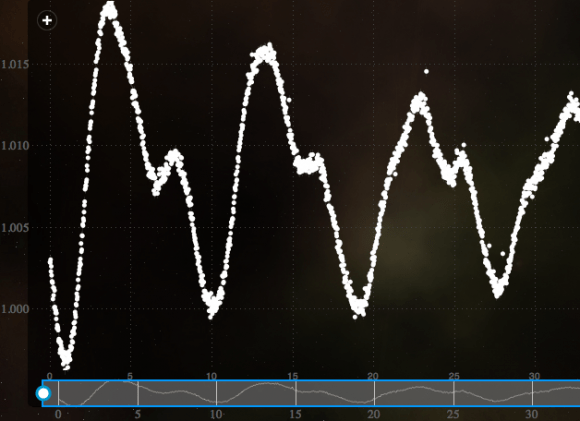
Another citizen science effort recently announced is the Pro-Am White Dwarf Monitoring (PAWM) project. Led by Bruce Gary, the goal of the project is to explore the possibility of using amateur and professional observers to estimate the percentage of white dwarfs exhibiting transits by Earth-size planets in the habitable zone. The results from such a survey are thought to be useful in planning a comprehensive professional search for white dwarf transits. You can read more about the PAWM project at: http://www.brucegary.net/WDE/

One very long standing citizen project is the American Association of Variable Star Observers (AAVSO). Founded in 1911, the AAVSO coordinates, evaluates, compiles, processes, publishes, and disseminates variable star observations to the astronomical community throughout the world. Currently celebrating their 100th year, the AAVSO not only provides raw data, but also publishes The Journal of the AAVSO, a peer-reviewed collection of scientific papers focused on variable stars. In addition to data and peer reviewed journals, the AAVSO is active in education and outreach, with many programs, including their mentor program designed to assist with disseminating information to educators and the public.
If you’d like to learn more about the AAVSO, including membership information, visit their site at: http://www.aavso.org/

For over a decade, space enthusiasts across the internet have been taking part in SETI@Home. The official description of SETI@home is “a scientific experiment that uses Internet-connected computers in the Search for Extraterrestrial Intelligence (SETI)”. By downloading special client software from the SETI@Home website at http://setiathome.berkeley.edu/, volunteers from around the world can help analyze radio signals and assist with SETI’s efforts to find “candidate” radio signals. You can learn more about SETI@Home by visiting http://setiathome.berkeley.edu/sah_about.php
The projects and efforts featured above are just a small sample of the many projects that non-scientists can participate in. There are many other projects involving radio astronomy, galaxy classification, exoplanets, and even projects involving our own solar system. Volunteers of all ages and educational backgrounds can easily find a project to help support.
Ray Sanders is a Sci-Fi geek, astronomer and space/science blogger. Visit his website Dear Astronomer and follow on Twitter (@DearAstronomer) or Google+ for more space musings.

